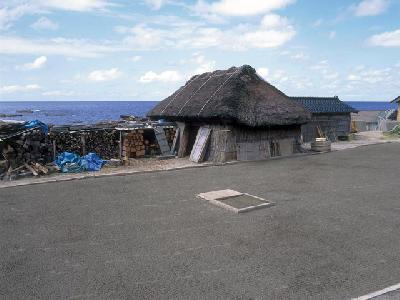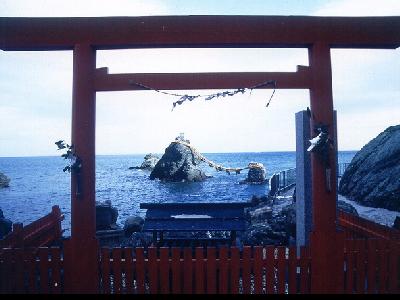|
Since ancient times, the salt industry thrived in Kojima, in Kurashiki, Okayama Prefecture. It is recorded on a wooden strip of the Heijō Palace that salt was already being produced in the Nara period.
Larger salt farms developed in the Edo period. Nozaki Buzaemon from Kurashiki greatly contributed to the development of salt manufacturing at this time. Nozaki came to be called the 'salt magnate' and in 1833 he made a grand home for his family. The total area of the family residence is about 9900㎡ and includes several storehouses constructed around a main building.
In 1977, buildings such as Omote-shoin, Nagayamon and Onarimon were designated as important cultural assets of Okayama Prefecture. Tearooms are constructed here and there in the garden, adding various ways to view the four seasons. The storehouse is now used to display a history of the salt industry and includes records of salt farming with tools and clothing that were actually used by the Nozaki family.
Larger salt farms developed in the Edo period. Nozaki Buzaemon from Kurashiki greatly contributed to the development of salt manufacturing at this time. Nozaki came to be called the 'salt magnate' and in 1833 he made a grand home for his family. The total area of the family residence is about 9900㎡ and includes several storehouses constructed around a main building.
In 1977, buildings such as Omote-shoin, Nagayamon and Onarimon were designated as important cultural assets of Okayama Prefecture. Tearooms are constructed here and there in the garden, adding various ways to view the four seasons. The storehouse is now used to display a history of the salt industry and includes records of salt farming with tools and clothing that were actually used by the Nozaki family.
| [+ADDRESS] | 
|













